Advent: Upside-Down Christmas
Did you know that upside down Christmas trees are a thing? Seriously. You can either buy a fake one that is designed specifically to sit in the stand that way or hang them from the ceiling like a chandelier. They’re apparently “all the rage” for several reasons:
In-store displays keep far more of the ornaments at eye level and, at home, far more ornaments are out of the easy reach of both toddlers and pets.
In smaller homes and apartments where square footage is at a premium, it’s far easier to squeeze an end table or couch next to (or maybe under?) the inverted branches.
It affords some more creative means of decoration (I gotta admit, this one with tinsel is pretty dang cool).
After the Tate Museum in London featured one as a work of art (complete with roots wrapped in gold leaf!), where artist Shirazeh Houshiary quoted a Buddhist monk for inspiration, some now consider it a non-conformist statement piece contra more traditional Christmas celebrations.
But the most popular reason (by far) is this: you can fit more presents underneath an upside down Christmas tree.
Besides the fact that we need more reasons to indulge our consumeristic tendencies like we need a hole in the head (we don’t), it’s remarkably stunning how far we have gotten from the original meaning of the upside-down Christmas tree.
That’s right. This is NOT a new fad.
This tradition is rooted (hah!) in the European middle ages where, the legend goes, a Benedictine monk named Saint Boniface noticed the triangular shape of the pine tree could serve as a visual symbol of the Trinity. He turned it upside-down so that the tip pointed from Heaven down to Earth, symbolizing the movement of God the Son (Jesus) leaving Heaven to be born as human baby. This is what Christians call the “incarnation” (from Latin meaning, “in the flesh”), and the entire reason why we celebrate Christmas every year!
So yes, it is a non-conformist statement, but one that is more explicitly connected to its traditional roots (I can’t help myself!) and against contemporary efforts to repurpose it for whatever we want!
And that, ladies and gentlemen, is a depth of cosmic irony more thick than a slice of year-old Christmas fruitcake!
At this point, you’re probably wondering how in the world this is relevant or helpful outside of an obscure question at an upcoming Trivia Night (if you’re lucky). Don’t worry, I actually have a point with all this: If we can so easily forget and hijack the deeply significant spiritual meaning of an upside-down Christmas tree and twist it for our own (thoroughly American) purposes, what other aspects of Christmas have we unknowingly distorted? Where else do we think we are rightly appreciating Christmas but are, in reality, operating off of a paradigm that has more to do with 21st century consumerism than the birth of the world’s Savior? Our guide to answering that question, the means by which we recover the original beauty, and the way we fully take hold of it is, of course, by exploring Jesus’ incarnation and it’s multi-faceted implications on our lives.
Thus, this Advent’s sermon series (starting December 1st) will explore how the birth of Jesus radically turns what we think we know about Christmas upside-down in four significant areas of life: Glory, Peace, Generosity, and Family.
My hope for this Christmas season is that, as the Gospel seems to be turning us upside-down, we’ll realize that we’ve actually been upside down the whole time, and that the birth of Jesus would do a work in our hearts that results with us more truly and more beautifully… well… right-side-up.

